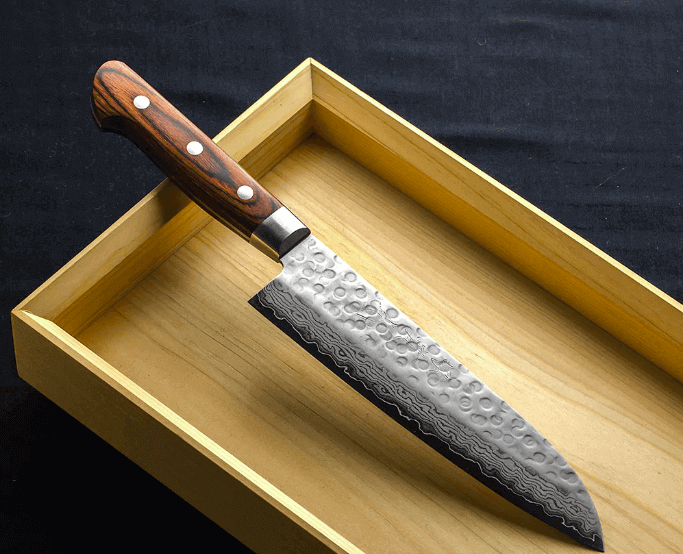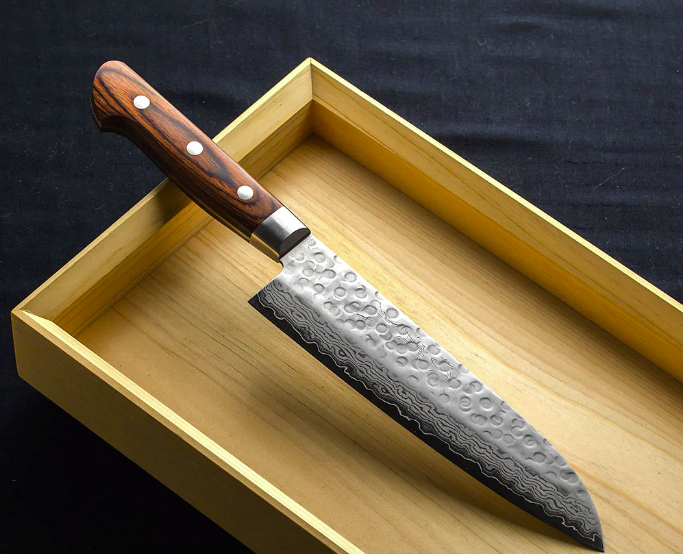There are different types of blade steel used to make knife blades. Each has their benefits and disadvantages.
It’s useful to understand how one type of steel varies in comparison to the others when evaluating different knives.
Plain Carbon Steel
Carbon steel, commonly referred to as plain carbon steel, is a metal alloy formed by the combination of two primary elements. Its fundamental formula involves the incorporation of iron and carbon.
While there might be minor traces of other elements, their quantities are negligible and have minimal impact on the steel’s properties. Among these trace elements in plain carbon steel are manganese, copper, and silicon.
Steel Alloy
Alloy steels are a plain carbon steel that has had a small amount of chromium added to the formula. It doesn’t qualify as a stainless steel because there is not enough chromium present.
This type of steel is highly regarded for being tough. The amount of carbon you’ll find in a steel alloy, also known as 5160 steel is between .56-.64% carbon.
Tool Steel
Tool steel is a high carbon steel. You are likely to see it labelled as 52100 steel if you are looking at product specifications. This is one of the harder steels, and therefore it takes an edge more easily and it maintains the sharpness for longer. It’s a popular choice for hunting knives, but it is subject to rust because of a low chromium content.
Another tool steel is A2 steel. This is a tough steel, but its wear resistance is lower than other tool steels. Its more commonly used in custom made knives for combat. There isn’t much chromium in this steel so careful maintenance or special blade coating is recommended.

Stainless Steel
Stainless steel is the one steel type that stands out from the others. It contains a higher percentage of chromium in its formulation. In fact, chromium is one of the main ingredients.
In order for a steel type to qualify as stainless steel, it must have a chromium percentage of at least twelve percent or better.
Damascus Steel
Damascus steel is a melding of ingredients that make this steel both tough and hard. This is a type of steel that originates in the Middle East in Damascus thousands of years ago and was used to make sword blades.
Specifically, it is a pattern welded steel consisting of two or more layers of different steel types that are folded together and acid etched. The appearance is distinct with patterns and contrast showing up on knife blades. It is difficult to make and therefore very expensive.
Types of Blade Steel: Summary
Different types of blade steel are used to make knife blades. Each has their benefits and disadvantages. These include plain carbon steel, steel alloy, tool steel, stainless steel, and Damascus steel. Other types of blade steel exist, but we consider these to be the main types.
Understanding how one type of steel varies in comparison to others will help you when purchasing a knife.
